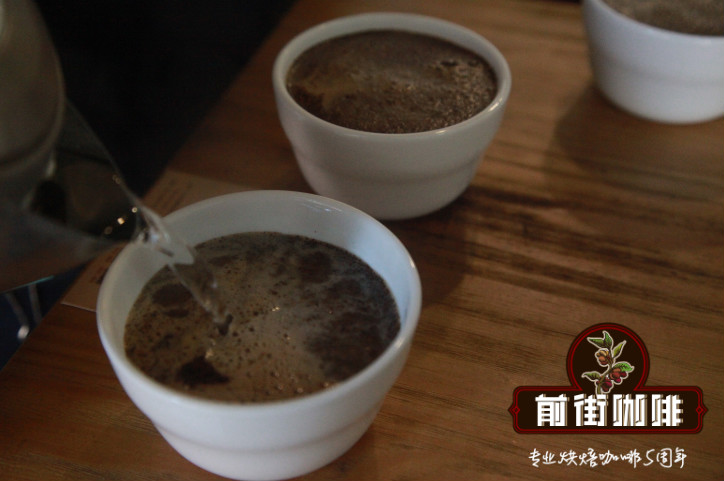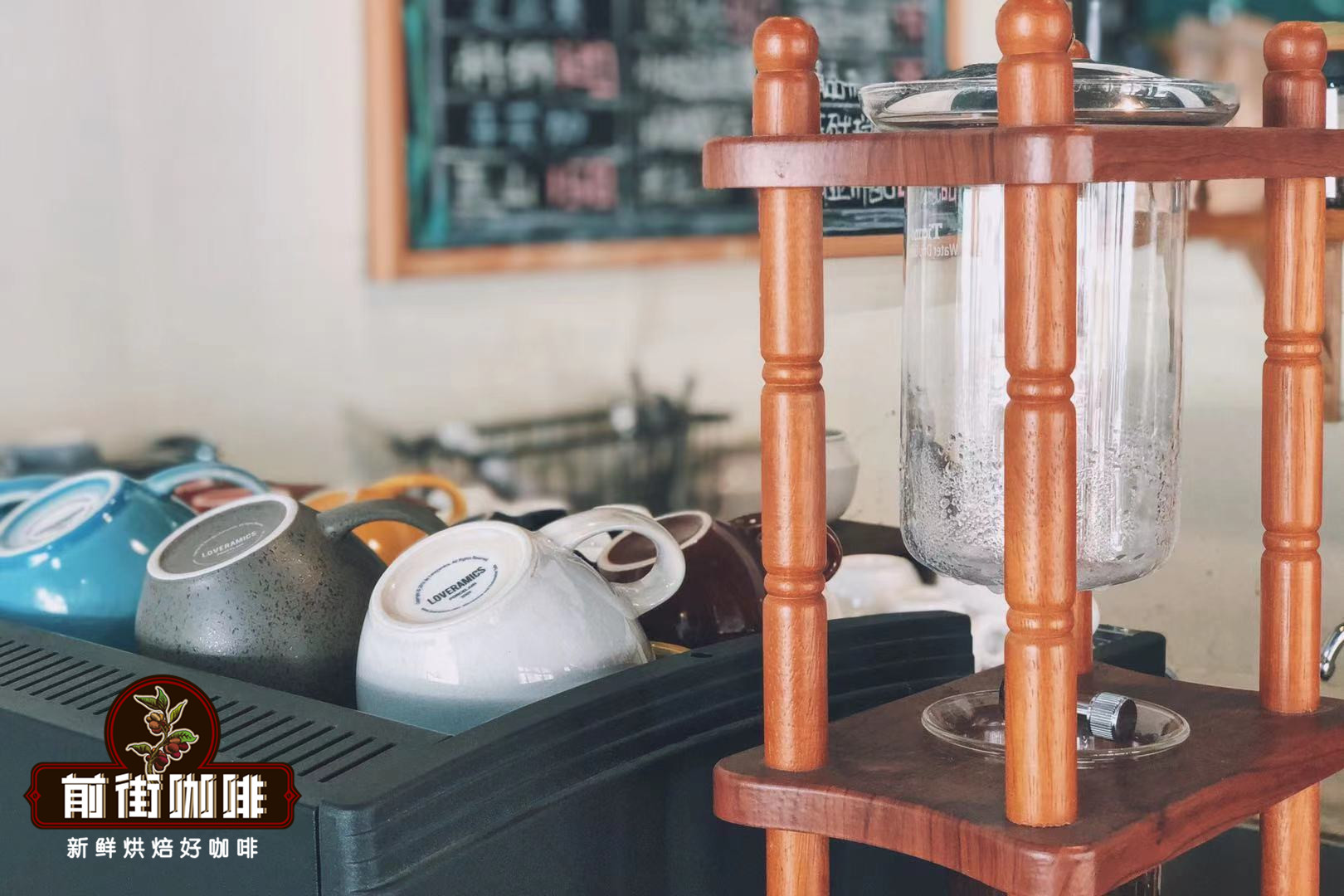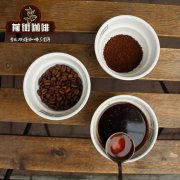What are the three major coffee brands of Jade Manor in Panama? How about geisha coffee at Jade Manor?

Professional coffee knowledge exchange more coffee bean information please follow the coffee workshop (Wechat official account cafe_style)
The pronunciation of Geisha is the same as Japanese geisha, so it is also called geisha coffee. Because the tree species are taller than ordinary coffee trees, they are originally planted in a small area of the manor and are used as windbreaks. In order to take part in the annual competition for the best coffee in Panama, the son of the manor owner searched all the coffee trees in the manor for testing, so that Geisha had a chance to appear on the stage. Since then, he has also participated in various world coffee competitions, winning a total of 11 championships. The species of Geisha was discovered in the rose forest of Ethiopia in 1931 and sent to the Coffee Institute in Kenya. Introduced to Uganda and Tanzania in 1936 and Costa Rica in 1953, little attention was paid to Rose Summer until one day, Don Pachi was originally brought to Costa Rica from the town of GESHA in southwestern Ethiopia, and then Rosa entered Panama along the southern route, where Esmerada Manor in Panama separated it from other varieties and won the National Coffee Competition.
Rose is full of sweetness and cleanliness on the palate, with rich aromas ranging from berry and citrus to mango, papaya and peach. A very obvious lemon (bergamot) general aftertaste is also a typical cup test attribute. So far, Rose Summer has been the champion of coffee varieties.
Jade Manor Rose Summer has three brands, which are divided into:
Bidding for Rose Summer (ESMERALDA SPECIAL)
(red mark), selected above 1550 meters above sea level.
Poquet Boquete Geisha (green mark), Rose Summer is a selection of 1500 meters.
(ESMERALDA 1500) (Blue Standard) selected varieties of Rosa rugosa at an altitude of about 1500.
Red bid Rose Xia participates in the global bidding auction in May every year. Green bid does not participate in the auction, but it is also of high quality and the price is slightly cheaper. Buyers who buy red bid can give priority to buying green bid.
In 1997, Peterson bought the land that became Jaramillo Farm. This plot on both sides of the volcano Balu is specially selected for its high altitude, hoping to develop higher-score, more lively, more nuanced coffee. In other words, the famous geisha coffee grown on this farm is only discovered by accident, and you can read it in depth in this story.
After the 2004 events and geisha's attendance at the best auction in Panama, most of Peterson's focus was on developing infrastructure to support high-quality lot separation, meticulous processing and healthy auction forms. With the growth of auction price, the demand for experiments such as natural processing is also increasing, and the particularity of batches is getting higher and higher.
Through this infrastructure, Hacienda La Esmeralda can confidently look to the future, and in 2007, Peterson began a decade-long coffee variety research project. More than 400 different germplasm (or subspecies) are planted at high elevations on Hacienda La Esmeralda's newest farm, El Velo.
This is an accident of the separation of the plateau and the area, discovering the amazing flavor and fragrance of the geisha. It is hoped that by carefully planting a high-altitude environment with many seeds, some of the same seeds from geisha, other interesting and exciting combinations of diversity and microclimate can be found.
END
Important Notice :
前街咖啡 FrontStreet Coffee has moved to new addredd:
FrontStreet Coffee Address: 315,Donghua East Road,GuangZhou
Tel:020 38364473
- Prev

Panamanian Jade Manor what's the difference between Panamanian Rosa Coffee beans, Rose Summer Red, Green and Blue?
Professional coffee knowledge exchange more coffee bean information Please pay attention to the coffee workshop (Wechat official account cafe_style) Geisha pronunciation is similar to Japanese geisha, so some are also called geisha coffee; because the tree species are taller than ordinary coffee trees, they were originally planted in a small area of the manor and were used as windbreaks. And the son of the manor owner, in order to attend the annual Panama,
- Next

What is the origin, characteristics and flavor of Rosa coffee?
Professional coffee knowledge exchange more coffee bean information please follow the coffee workshop (Wechat official account cafe_style) Rose Summer Coffee (Geisha) was found in the rose forest of Ethiopia in 1931 and then sent to the Coffee Institute in Kenya; it was introduced to Uganda and Tanzania in 1936, Costa Rica in 1953 and Panama in 1970
Related
- Detailed explanation of Jadeite planting Land in Panamanian Jadeite Manor introduction to the grading system of Jadeite competitive bidding, Red bid, Green bid and Rose Summer
- Story of Coffee planting in Brenka region of Costa Rica Stonehenge Manor anaerobic heavy honey treatment of flavor mouth
- What's on the barrel of Blue Mountain Coffee beans?
- Can American coffee also pull flowers? How to use hot American style to pull out a good-looking pattern?
- Can you make a cold extract with coffee beans? What is the right proportion for cold-extracted coffee formula?
- Indonesian PWN Gold Mandrine Coffee Origin Features Flavor How to Chong? Mandolin coffee is American.
- A brief introduction to the flavor characteristics of Brazilian yellow bourbon coffee beans
- What is the effect of different water quality on the flavor of cold-extracted coffee? What kind of water is best for brewing coffee?
- Why do you think of Rose Summer whenever you mention Panamanian coffee?
- Introduction to the characteristics of authentic blue mountain coffee bean producing areas? What is the CIB Coffee Authority in Jamaica?

